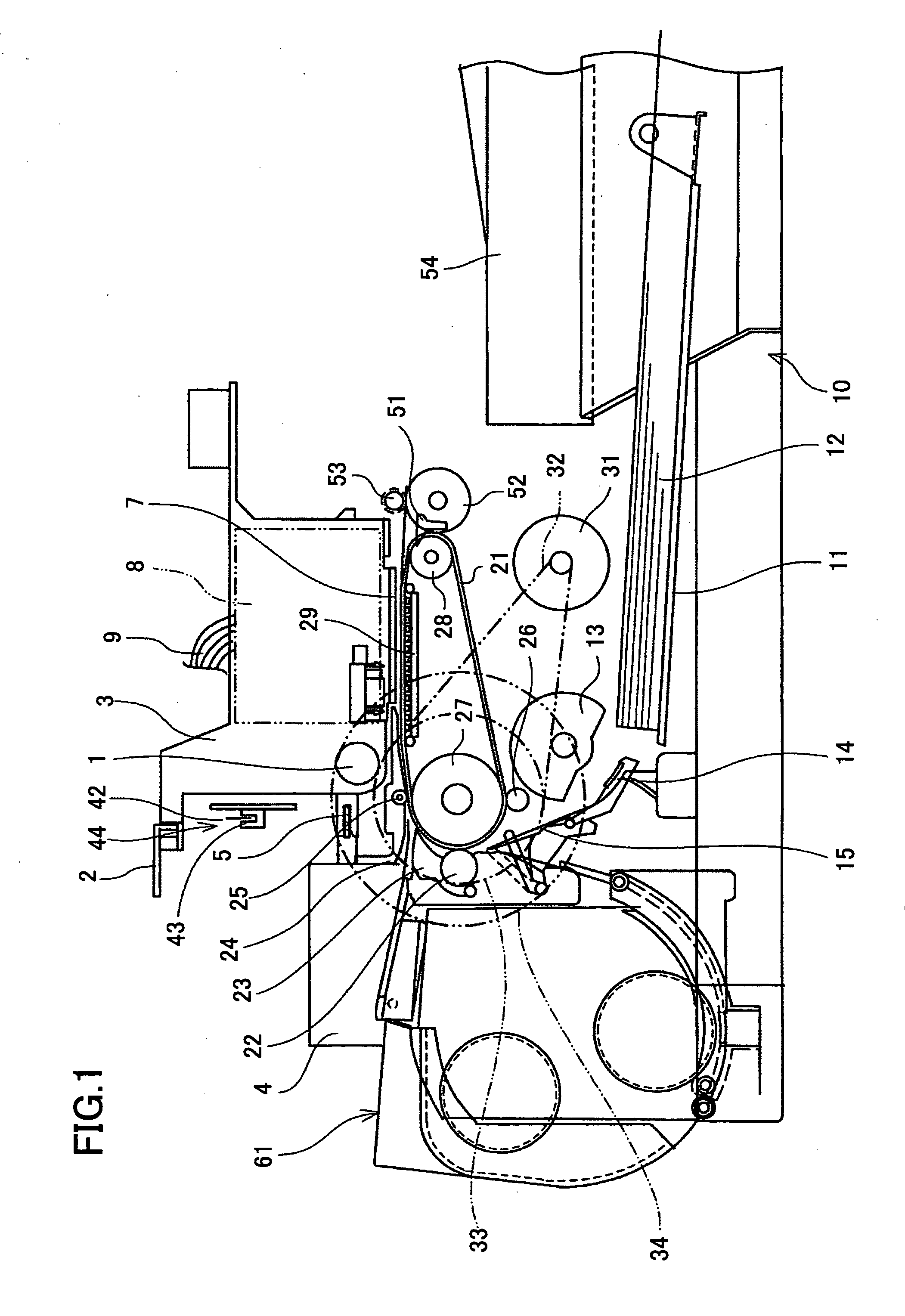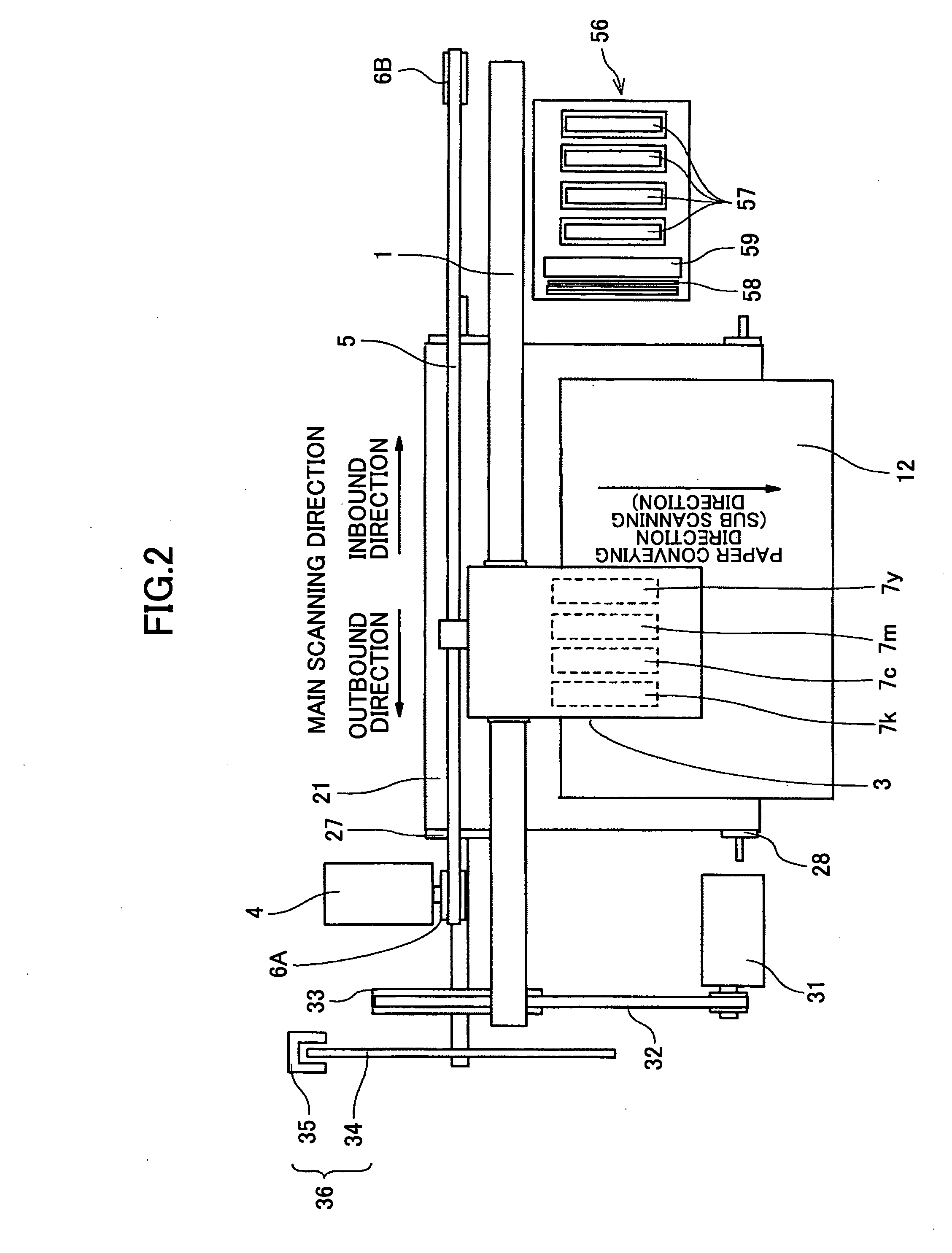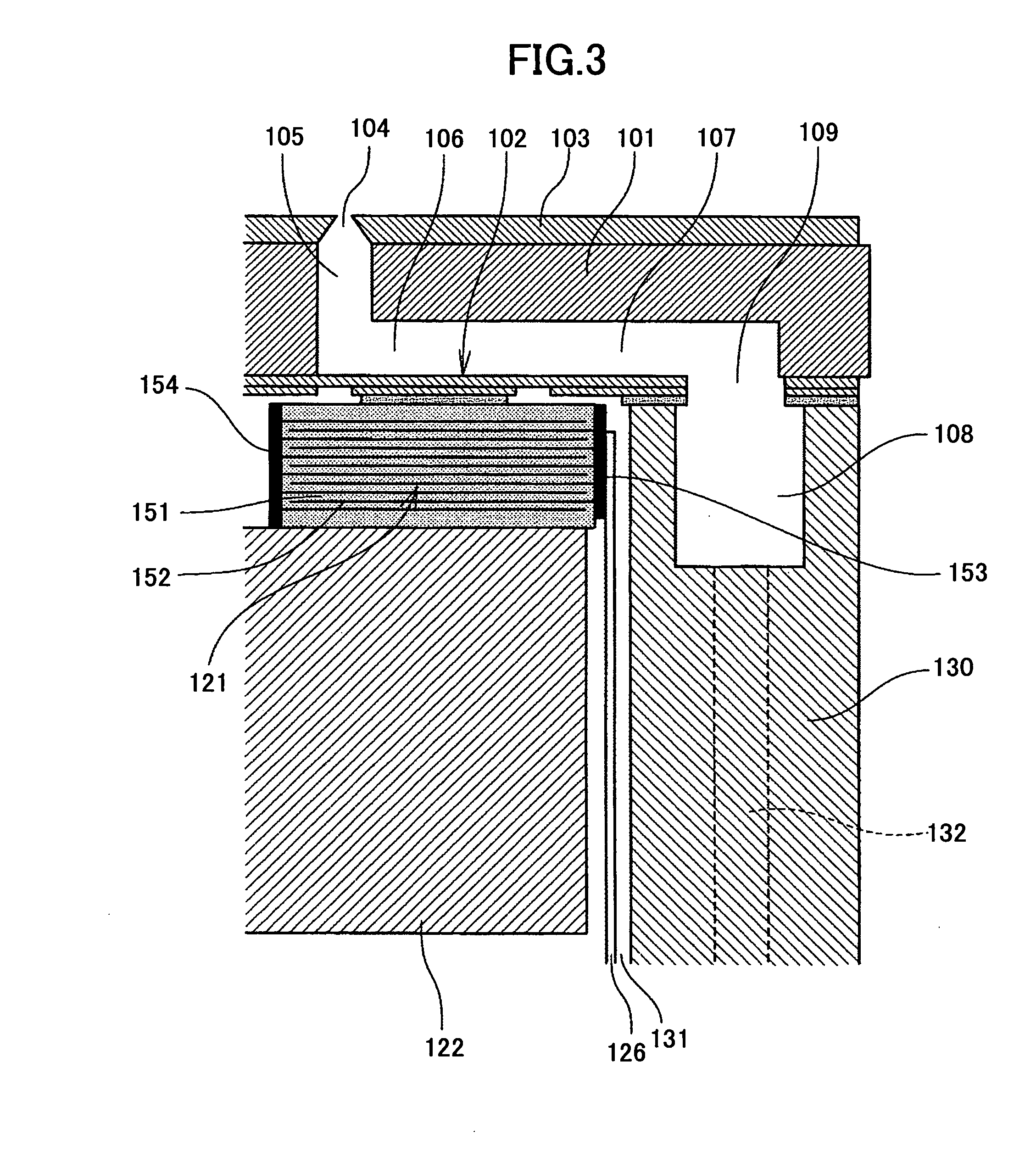Image processing method, recorded matter, storage medium, image processing apparatus, image forming method, image forming apparatus, image forming system, and ink
a technology of image processing and recording matter, which is applied in the field of image processing methods, can solve the problems of liquid drops, inability to meet the needs of daily use, and high price of ink jet recording apparatuses, so as to improve the quality of an imag
- Summary
- Abstract
- Description
- Claims
- Application Information
AI Technical Summary
Benefits of technology
Problems solved by technology
Method used
Image
Examples
preparation example 1
Preparation of Dispersion of Polymer Microparticles Containing Copper Phthalocyanine Pigment
[0484] To prepare a dispersion of polymer microparticles containing a copper phthalocyanine pigment, the air in a 1 L flask with a mechanical stirrer, a thermometer, a nitrogen gas inlet tube, a reflux tube, and a dropping funnel was replaced sufficiently with nitrogen gas; the 1 L flask was charged with 11.2 g of styrene, 2.8 g of acrylic acid, 12.0 g of lauryl methacrylate, 4.0 g of polyethylene glycol methacrylate, 4.0 g of styrene macromer (Toagosei Co., Ltd., brand name: AS-6), and 0.4 g of mercaptoethanol; and the temperature was raised to 65° C. Then, a mixed solution of 100.8 g styrene, 25.2 g of acrylic acid, 108.0 g of lauryl methacrylate, 36.0 g of polyethylene glycol methacrylate, 60.0 g of hydroxyethyl methacrylate, 36.0 g of styrene macromer (Toagosei Co., Ltd., brand name: AS-6), 3.6 g of mercaptoethanol, 2.4 g of azobisdimethylvaleronitrile, and 18.0 g of methyl ethyl ketone ...
preparation example 2
Preparation of Dispersion of Polymer Microparticles Containing Dimethyl Quinacridone Pigment
[0488] A polymer microparticle dispersion with magenta color was prepared in substantially the same manner as the preparation example 1, except that C.I. Pigment Red 122 was used instead of a copper phthalocyanine pigment.
[0489] The average particle diameter (D50%) of the polymer microparticles in the polymer microparticle dispersion was measured with a particle size distribution analyzer (Microtrac UPA, Nikkiso Co., Ltd.). The average particle diameter was 127 nm.
preparation example 3
Preparation of Dispersion of Polymer Microparticles Containing Monoazo Yellow Pigment
[0490] A polymer microparticle dispersion with a yellow color was prepared in substantially the same manner as the preparation example 1, except that C.I. Pigment Yellow 74 was used instead of a copper phthalocyanine pigment.
[0491] The average particle diameter (D50%) of the polymer microparticles in the polymer microparticle dispersion was measured with a particle size distribution analyzer (Microtrac UPA, Nikkiso Co., Ltd.). The average particle diameter was 76 nm.
PUM
 Login to View More
Login to View More Abstract
Description
Claims
Application Information
 Login to View More
Login to View More - R&D
- Intellectual Property
- Life Sciences
- Materials
- Tech Scout
- Unparalleled Data Quality
- Higher Quality Content
- 60% Fewer Hallucinations
Browse by: Latest US Patents, China's latest patents, Technical Efficacy Thesaurus, Application Domain, Technology Topic, Popular Technical Reports.
© 2025 PatSnap. All rights reserved.Legal|Privacy policy|Modern Slavery Act Transparency Statement|Sitemap|About US| Contact US: help@patsnap.com



